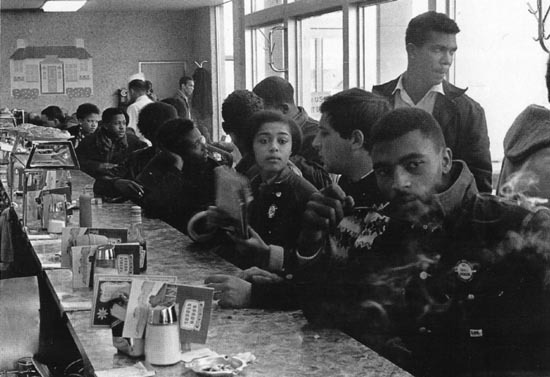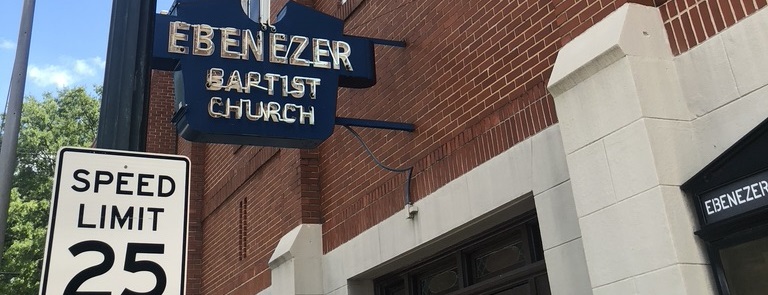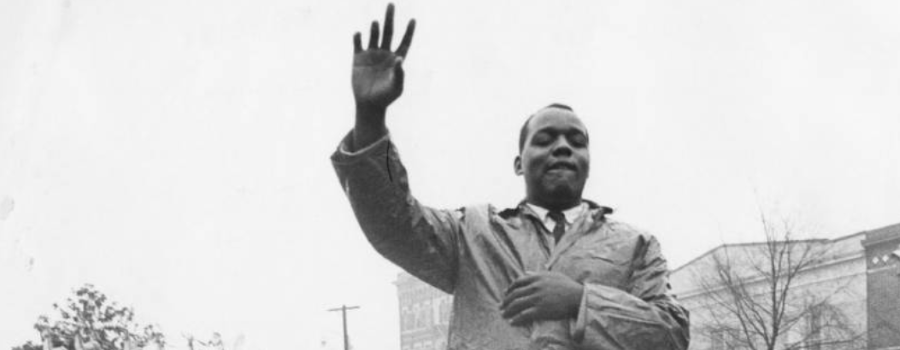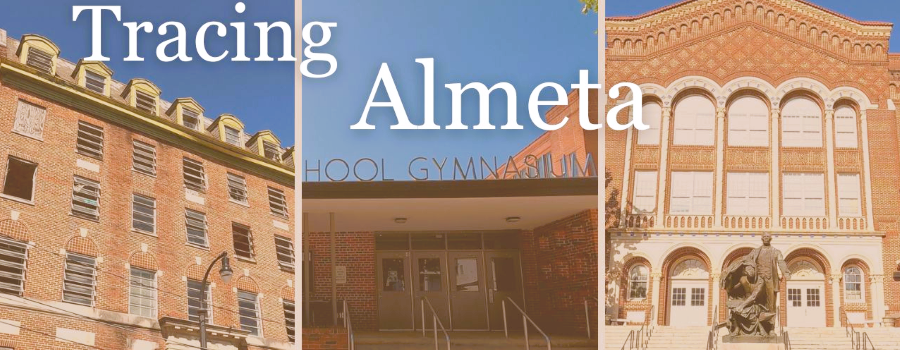Tag: Civil Rights
Lonnie King: The Life and Legacy
Contains original materials donated to GSU Library’s Special Collections & Archives. These items are comprised of correspondence, legal documents, notes and research materials, photographs, and...
Read More
Tracing Almeta
Mapping Atlanta’s Jim Crow Era Women’s Basketball Community. During the era of legalized segregation, Black Atlantans created their own economic, educational, and recreational institutions. In...
Read More

Atlanta Sit-Ins, 1961-1964
Beginning in 1960, the Atlanta sit-in movement took over the downtown area of the city. Follow this tour to see where student activists conducted their...
Read More

Research Atlanta, Inc. Reports
Formed in 1971, Research Atlanta was a non-profit organization established to study public policy issues affecting the Atlanta metropolitan area. Research Atlanta served as Atlanta’s...
Read More

Lucy Hargrett Draper Collection
The Lucy Hargrett Draper Collections on Women’s Rights, Advocacy and the Law document state and national efforts to achieve equality for women. They include the...
Read More

Once Upon a Time in Atlanta
The purpose of this tour is to have students explore some of the locations on or near GSU’s campus in Raymond Andrews’ memoir Once Upon...
Read More
 Georgia State University Library
Georgia State University Library

